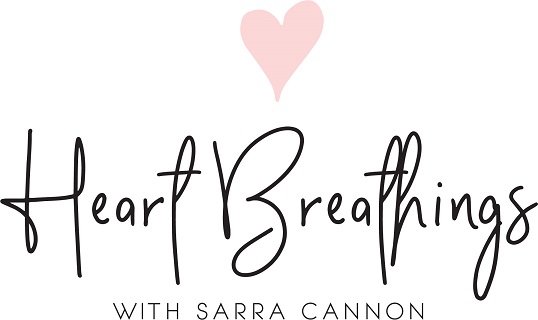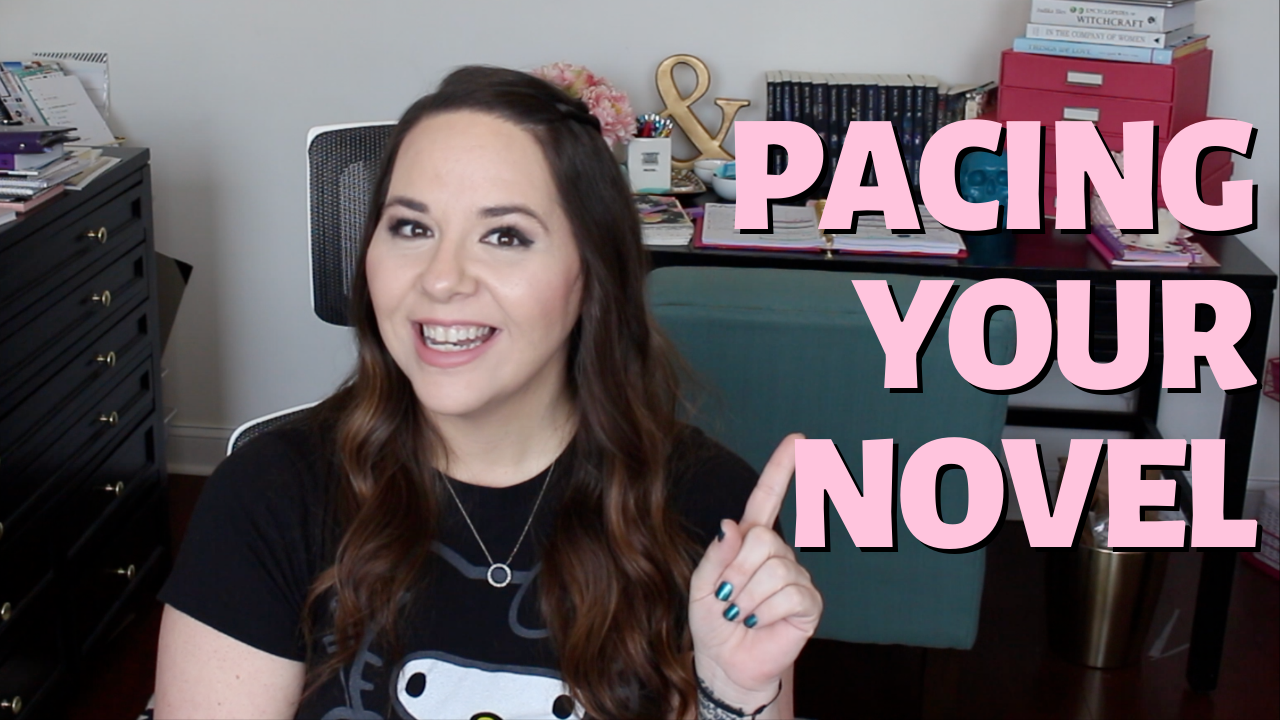

February 13, 2020 by Sarra Cannon
One of the most important concepts you can learn as an author is pacing. Basically, pacing is how fast or slow your story unfolds on the page, and an understanding of when to move faster can help you tell a better story.
In today’s video on YouTube, I discuss some of the elements of pacing and how to apply it to your novel.
Pacing keeps your reader interested in your story. If your story is too slow, you can lose your reader. On the other hand, you could have your reader “fall asleep on the edge of their seat” if there is too much action; you can bore readers if there is no slower emotion.
Each genre typically has its own pacing.
Historical sweeping epic – Readers expect slow pacing with long description and inner dialogue.
Thrillers, Action, Comedy or Urban Fantasy – The pace explodes in the first few chapters and then continues fast.
Romance is often a mix between fast and slow, usually starting slow then speeding up.
Horror – you can play with the pacing to how it suits your story
The best way to determine the pacing for your novel is to read comparable books in your genre – how fast or slow are they? and more importantly, where are they fast or slow?
In the typical three act story structure, pacing will commonly follow these guidelines.
Your opening will generally be slow, as this is where you set the scene for your story and introduce your characters.
25% – At the first climax (end of your 1st Act), pace will normally speed up. It’s an action oriented part such as the first kiss or finding the body.
50% – At the midpoint of your story, you’ll have some sort of conflict and again the story will be faster paced.
75% – Final Climax to the end of the Final Battle – from this point on your pace will have non-stop action to the resolution.
One tip I will give you is to be consistent with your pacing and give your readers what they expect.
Now that we’ve covered pacing in different genres and where in your story you speed up your pacing, how do you actually control your pacing?
Through sentence structure.
Slow pacing is more descriptive and can be written in a more passive voice. The characters experience more emotion and the story includes more character inner dialogue. There are longer sentences and paragraphs, so a reader can process the story leisurely.
Fast pacing has more white space. Written in the active voice. Shorter, choppier sentences. Short dialogue tags & rapid fire dialogue. You hit return more often. Multiple POVs can speed up action, when you jump between characters at pivotal moments. Unresolved questions also speed up pacing – for instance, the “cymbal crash” at the end of a chapter will have the reader wanting to know what happens next.
You can also slow the pace within an action scene, by lengthening the sentence and introducing some inner dialogue. In his book Scene and Structure, Jack Bickham suggests that balancing your pacing is necessary. This keeps your characters real, as well. You want to slow down the pacing after a pivotal moment to give readers a chance to process the information.
Playing with sentence structure helps you control your pacing and give your reader a truly enjoyable story.
I hope you enjoyed today’s writing tip. If you’d like to see more videos on various aspects of writing, please drop a comment down below and let me know what topics you’d like covered.


I have been self-publishing my books since 2010, and in that time, I've sold well over half a million copies of my books. I'm not a superstar or a huge bestseller, but I have built an amazing career that brings me great joy. Here at Heart Breathings, I hope to help you find that same level of success. Let's do this.